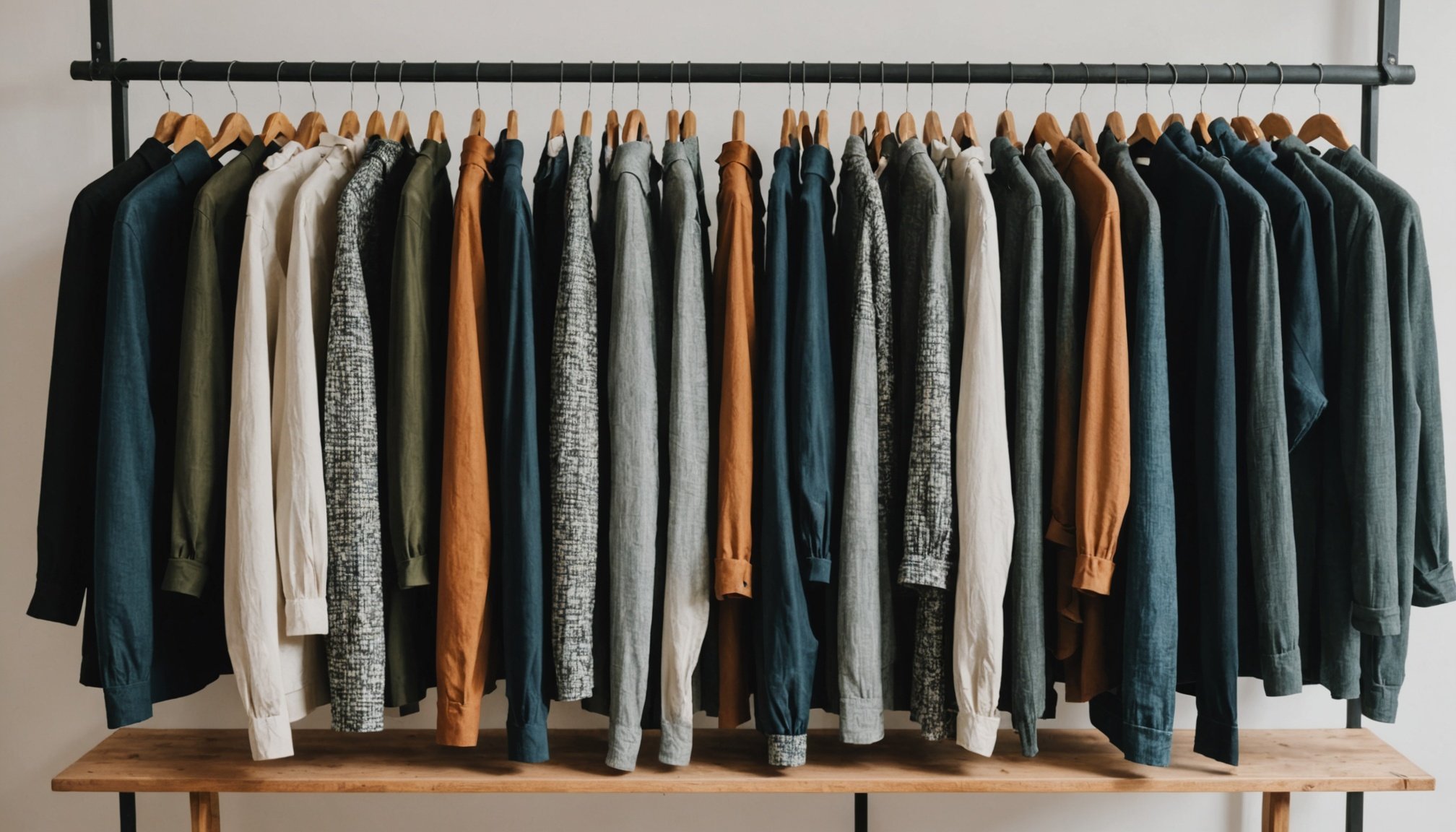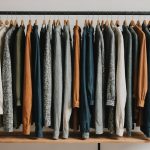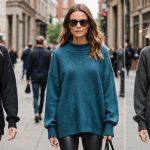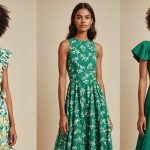Ultimate Guide to Sustainable Fabrics for Your Eco-Friendly UK Capsule Wardrobe
In the era of fast fashion, where trends come and go at an alarming rate, building an eco-friendly capsule wardrobe has become a necessity for those who care about the planet and its resources. At the heart of this sustainable approach are the fabrics you choose for your clothes. Here’s a comprehensive guide to help you navigate the world of sustainable fabrics and create a capsule wardrobe that is both stylish and environmentally conscious.
Understanding Sustainable Fabrics
When it comes to sustainable fashion, the type of fabric used is crucial. Here are some key factors to consider and some of the best sustainable fabrics available.
Also read : Master the Art of Styling Oversized Sweaters: Tips to Stay Chic Without Compromising Shape
Eco-Friendly Materials
Sustainable fabrics are made from materials that have a lower environmental impact compared to traditional fabrics. Here are some of the most popular eco-friendly materials:
-
Organic Cotton: Unlike traditional cotton, organic cotton is grown without the use of toxic pesticides or synthetic fertilizers. It is biodegradable and requires less water during production. Brands like Patagonia and People Tree are known for their use of organic cotton.
Also to see : Uncovering Historical Inspirations for Your Fashion Style in York
-
Bamboo: Bamboo is a highly renewable resource that requires minimal water and pesticides. It is also biodegradable and has natural antibacterial properties. Brands such as Thought and H&M Conscious use bamboo in their sustainable collections.
-
Hemp: Hemp is another highly sustainable crop that requires less water and pesticides than many other crops. It is durable and can be used to make a variety of clothing items. Brands like Outerknown and Stella McCartney incorporate hemp into their designs.
-
Recycled Polyester: This fabric is made from recycled plastic bottles and other post-consumer waste. It reduces the amount of waste in landfills and conserves non-renewable resources. Brands like Everlane and Quince use recycled polyester in their sustainable lines.
Certifications and Transparency
When shopping for sustainable fabrics, look for certifications that ensure the fabric meets certain environmental and ethical standards.
-
GOTS (Global Organic Textile Standard): This certification ensures that the fabric is made from organic fibers and meets strict environmental and social criteria. Brands like Matona and Elliot Organics hold GOTS certifications.
-
OEKO-TEX and Bluesign: These certifications guarantee that the fabrics are free from harmful chemicals and meet high safety standards. Brands like ADAY and Quince prioritize these certifications.
Building Your Capsule Wardrobe
A capsule wardrobe is a small collection of essential clothing items that can be mixed and matched to create multiple outfits. Here’s how you can build a sustainable capsule wardrobe using eco-friendly fabrics.
Start with Basics
Begin with the essentials that form the foundation of any wardrobe:
-
The White T-Shirt: A classic white T-shirt made from organic cotton or a cotton-linen blend is a must-have. Look for brands that use high-quality, natural fibers and avoid those with a light fuzz indicating poor-quality textile.
-
Jeans: Opt for sustainable denim made from organic cotton or recycled materials. Brands like Citizens of Humanity and Everlane offer sustainable denim options.
-
Sweaters: Choose sweaters made from sustainable materials like organic cotton, hemp, or recycled polyester. Brands like Navygrey and Elliot Organics offer high-quality, sustainable sweaters.
Invest in Quality Over Quantity
Fast fashion encourages a culture of disposability, but sustainable fashion is about investing in pieces that last.
-
Buy Less, Wear More: Instead of buying cheap, trendy items that you might wear only a few times, invest in a few high-quality, sustainable pieces that you can wear frequently. This approach not only reduces waste but also saves you money in the long run.
-
Capsule Wardrobe Essentials:
-
3-4 tops (including a white T-shirt and a few blouses)
-
2-3 bottoms (including jeans and a pair of trousers)
-
1-2 dresses or jumpsuits
-
1-2 jackets or coats
-
1-2 pairs of shoes
Shop from Ethical Brands
Support brands that prioritize sustainability and ethical practices.
-
Brand Ratings: Use platforms like Good On You to check the sustainability and ethical ratings of brands. This helps you make informed decisions about the brands you support.
-
Transparent Brands: Look for brands that are transparent about their supply chain, production processes, and material sourcing. Brands like Everlane and Patagonia are known for their transparency.
Practical Tips for a Sustainable Wardrobe
Here are some practical tips to help you maintain and expand your sustainable capsule wardrobe:
Care for Your Clothes
Proper care can extend the life of your clothes significantly.
- Wash in Cold Water: Washing your clothes in cold water reduces energy consumption and helps preserve the fabric.
- Avoid Over-Drying: Remove clothes from the dryer while they are still slightly damp and hang them to dry. This prevents shrinkage and damage to the fabric.
- Use Gentle Detergents: Opt for eco-friendly detergents that are free from harsh chemicals.
Second-Hand Shopping
Second-hand shopping is a great way to reduce waste and find unique pieces for your wardrobe.
- Thrift Stores: Visit local thrift stores or online platforms like eBay and Depop to find pre-loved clothing items.
- Clothing Swaps: Organize clothing swaps with friends or family to exchange gently used clothes and refresh your wardrobe without buying new.
Repair and Repurpose
Instead of discarding damaged clothes, learn to repair or repurpose them.
- Mend Clothes: Learn basic mending skills to fix torn seams, buttons, and other minor damages.
- Upcycle Old Clothes: Turn old clothes into new items like turning an old T-shirt into a reusable bag or a scarf.
Table: Comparing Sustainable Fabrics
Here is a comparative table of some popular sustainable fabrics:
| Fabric | Environmental Impact | Durability | Certifications | Brands Using This Fabric |
|---|---|---|---|---|
| Organic Cotton | Low water usage, no pesticides | High | GOTS, OEKO-TEX | Patagonia, People Tree |
| Bamboo | Highly renewable, low water usage | High | OEKO-TEX | Thought, H&M Conscious |
| Hemp | Low water usage, durable | High | GOTS | Outerknown, Stella McCartney |
| Recycled Polyester | Reduces landfill waste, conserves resources | Medium | Bluesign, OEKO-TEX | Everlane, Quince |
| Linen | Low water usage, biodegradable | High | GOTS | Elliot Organics |
Quotes from Experts
-
Andrea Cheong, Sustainable Shopping Expert: “100% natural always, whether that’s a linen and cotton blend or fully cotton. Check the surface to see if there’s a light fuzz: if so I would avoid, as it usually indicates shorter and/or looser fibres have been used, which is an indication of poor-quality textile.”
-
Raye Padit, Founder of The Fashion Pulpit: “The Circular Fashion Hub isn’t just another fashion platform – it’s a revolution. It’s a one-stop space where brands that prioritise sustainability come together to offer accessible alternatives to fast fashion.”
Building an eco-friendly capsule wardrobe is a journey that requires careful consideration of the fabrics you choose, the brands you support, and how you care for your clothes. By investing in sustainable fabrics, shopping from ethical brands, and adopting practical tips for maintaining your wardrobe, you can make a significant impact on reducing the environmental footprint of the fashion industry.
Remember, sustainable fashion is not just about style; it’s about making conscious choices that benefit both you and the planet. So, the next time you shop, think about the fabric, the brand, and the life cycle of the garment. Your wardrobe, and the planet, will thank you.
Additional Resources
- Download the Good On You App: This app helps you find sustainable and ethical fashion brands and provides ratings based on their environmental and social impact.
- Visit the Circular Fashion Hub: If you’re in Singapore, visit the Circular Fashion Hub to explore sustainable fashion options and learn more about sustainable styling and care.
By embracing sustainable fashion, you’re not just updating your wardrobe; you’re contributing to a more sustainable future for everyone.










